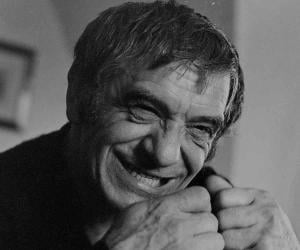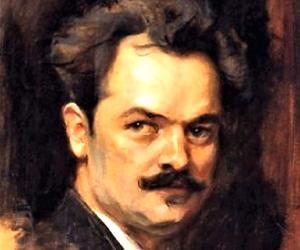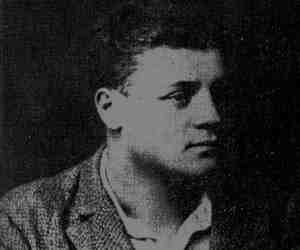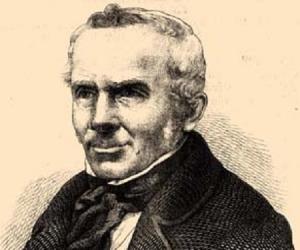Gyula Halász, or Brassaï, derived his pseudonym from the city of his birth, Brassó, then in Hungary. Later, he moved to Paris, where he began his career as a photographer. He published his works in volumes such as Paris de nuit. He was also a sculptor and a poet.

Renowned Hungarian sculptor Amerigo Tot was also a talented actor. Best known to international audiences for his role in The Godfather Part II, he spent most of his life in Rome, a city he had fled to during the rise of the Nazis. His ceramic works usually showcased abstract and mythological figures.

Known for his memorial statues, Hungarian Neoclassical sculptor János Fadrusz was born into poverty and initially trained as a locksmith. A woodcarving workshop and, later, a grant to Vienna changed his life. His best-known works include the Christ on the Cross and an equestrian statue of Matthias I.
Renowned Hungarian sculptor István Ferenczy was the son of a locksmith but ended up training in copperplate engraving at the Vienna Academy. A master of marble statues, he wished to establish a sculpting school in his country. Eurydike and the Statue of Kölcsey remain two of his best-known works.

Gheza Vida was a Romanian–Hungarian engraver, sculptor, communist militant, and industrial worker. One of the most famous artists of Maramureș region, Vida also became one of the favorite artists of the Socialist Republic of Romania. Although his career was affected by the Second World War, Gheza Vida established himself as a noteworthy artist and won many prizes and awards.



